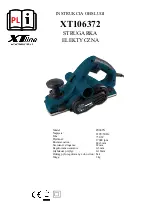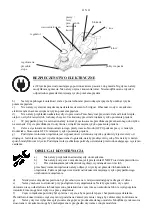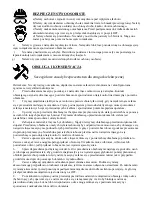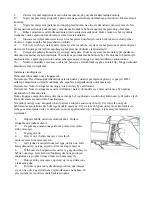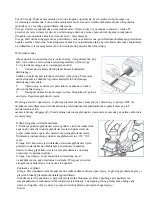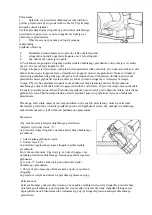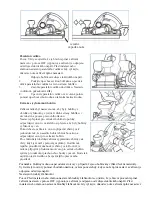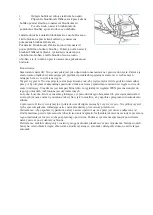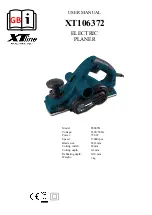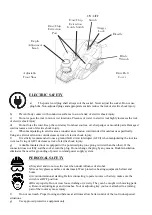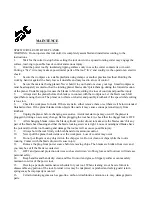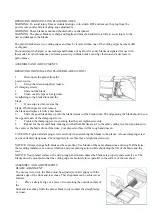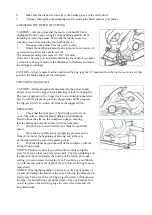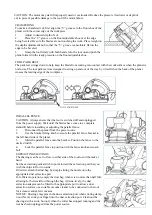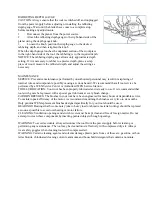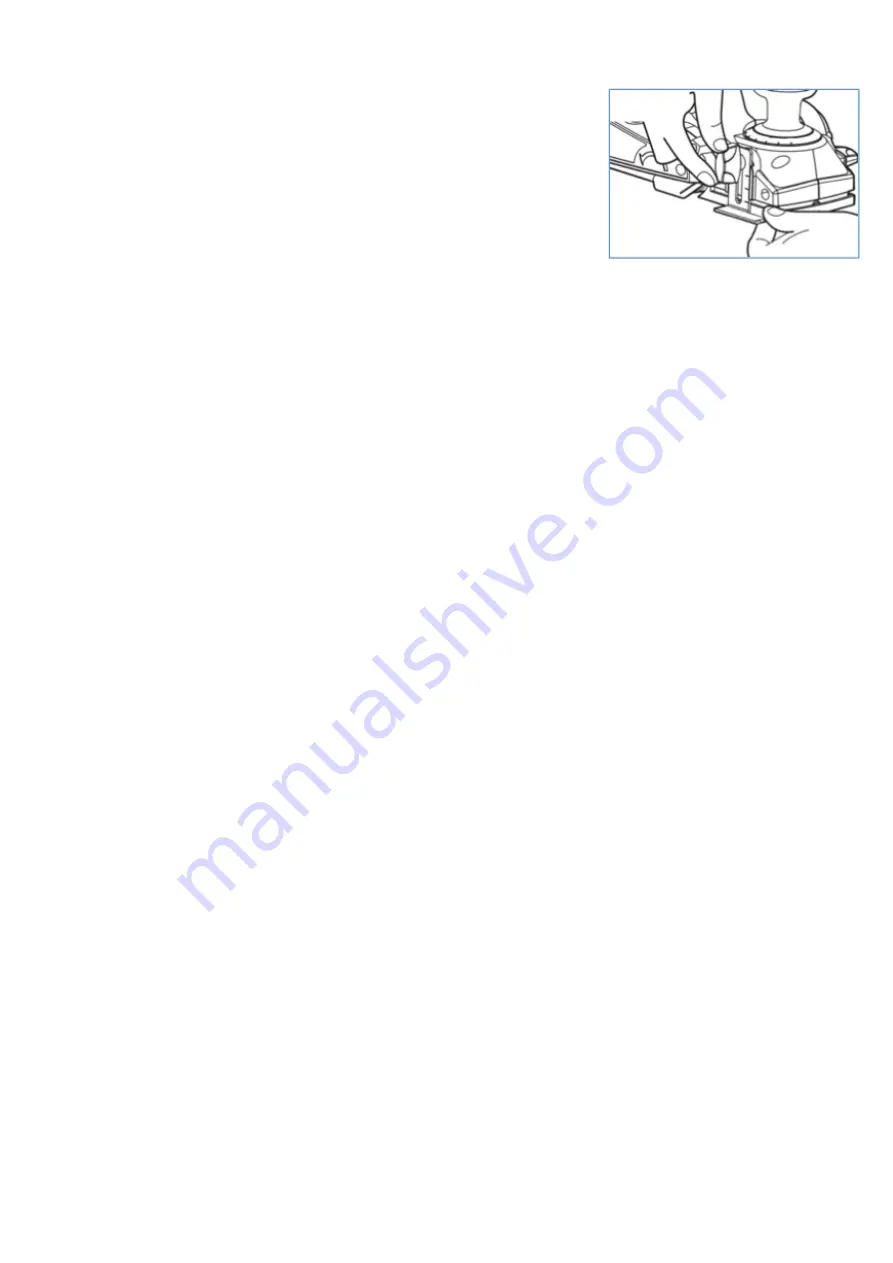
RABBETING DEPTH GAUGE
CAUTION: Always ensure that the tool is switched off and unplugged
from the power supply before adjusting or installing the rabbeting
depth gauge. Wait until the blades have come to a complete stop
before making any adjustments.
1.
Disconnect the planer from the power source.
2.
Attach the rabbeting depth gauge to the right-hand side of the
planer using the depth gauge knob.
3.
Loosen the knob, position the depth gauge to the desired
rabbeting depth, and then retighten the knob
When the depth gauge touches the unplaned section of the workpiece
to the right-hand side of the tool, the rabbeting is to the required depth.
NOTICE: The rabbeting depth gauge allows only approximate depth
setting. If it is necessary to rabbet to a precise depth, plane a scrap
piece of wood, measure the rabbeted depth, and adjust the setting as
necessary.
MAINTENANCE
SERVICE: Preventive maintenance performed by unauthorized personnel may result in misplacing of
internal wires and components, possibly causing a serious hazard. We recommend that all tool service be
performed by a WEN Service Center or Authorized WEN Service Station.
TOOL LUBRICATION: Your tool has been properly lubricated and is ready to use. It is recommended that
tools with gears be regreased with a special gear lubricant at every brush change.
CARBON BRUSHES: The brushes in your tool have been engineered for many hours of dependable service.
To maintain peak efficiency of the motor, we recommend examining the brushes every two to six months.
Only genuine WEN replacement brushes designed specifically for your tool should be used.
BEARINGS: Bearings that become noisy (due to heavy load or abrasive material cutting) should be replaced
as soon as possible to avoid overheating or motor failure.
CLEANING: Ventilation openings and switch levers must be kept clean and free of foreign matter. Do not
at-tempt to clean these components by inserting pointed objects through openings.
WARNING: To avoid accidents, always disconnect the tool from the power supply before cleaning or
performing any maintenance. The tool may be cleaned most effectively with compressed dry air. Always
wear safety goggles when cleaning tools with compressed air.
WARNING: Certain cleaning agents and solvents damage plastic parts. Some of these are: gasoline, carbon
tetrachloride, chlorinated cleaning solvents, ammonia and household detergents that contain am-monia.
Содержание XT106372
Страница 12: ......

